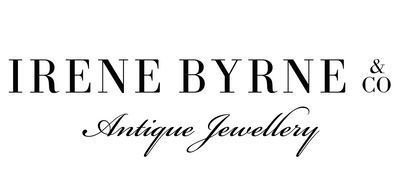Circa: 1880
Design Period: Austro Hungarian
Origin: Vienna
Gemstones: Turquoise and Natural Pearl
Cut: Round Cabochon
Metal: 9ct Yellow Gold
Length: 14.00 mm
Width: 7.00 mm
Austro Hungarian Empire (1867-1918)
The Austro Hungarian Empire stood as one of the most formidable European powers, second only to Britain, during its existence from 1867 to 1918. This constitutional monarchy encompassed regions that include the Czech Republic, Austria, Slovakia, Ukraine, Poland, Romania, Hungary, Slovenia, and Croatia, all united under the rule of the House of Habsburg.
A hub of industrialisation and trade, the empire experienced a significant rise in the middle and upper classes, fostering a vibrant cultural scene. Its geographical proximity to Germany and Italy facilitated a rich exchange of design influences, leading to a revival of Renaissance aesthetics. Unlike previous styles, this design renaissance embraced bold and extravagant forms, showcasing opulent colours.
Jewellery from this period was characterised by its large and striking designs, with Vienna and Budapest emerging as the epicentre of fashion. The elite actively participated in social events such as theatre, opera, ballet, and grand costume balls, where luxurious jewellery served as a symbol of status and wealth.
Notable Austro Hungarian jewellers of the era included Erik August Kollin, who notably worked for Fabergé, as well as Köchert, the imperial court jeweller, and Antol Bachruch, each contributing to the opulent legacy of the time.

